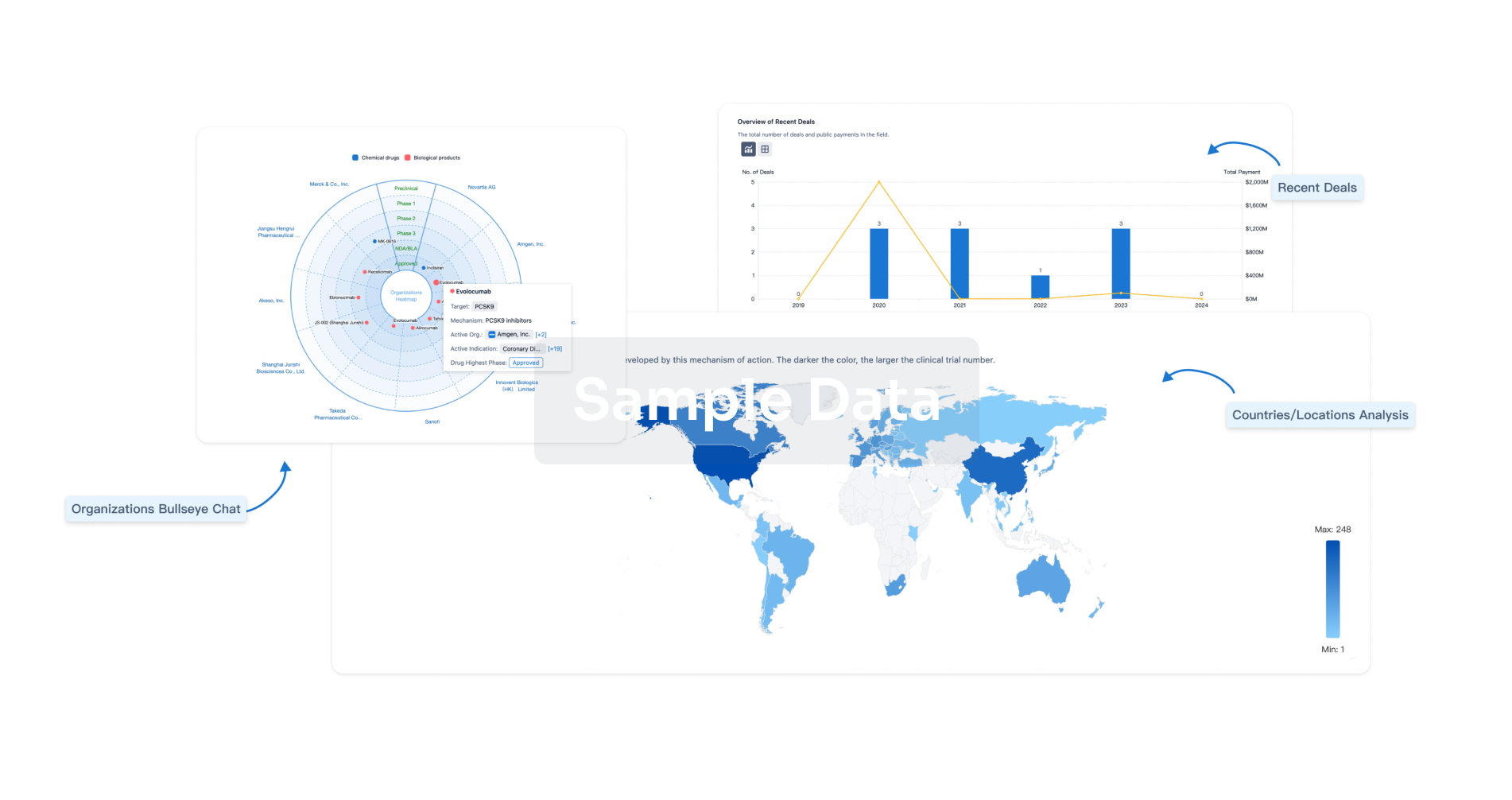Request Demo
Last update 08 May 2025
PI3Kα x HSP90
Last update 08 May 2025
Related
1
Drugs associated with PI3Kα x HSP90Target |
Mechanism HSP90 inhibitors [+1] |
Active Org. |
Originator Org. |
Active Indication |
Inactive Indication- |
Drug Highest PhasePreclinical |
First Approval Ctry. / Loc.- |
First Approval Date20 Jan 1800 |
100 Clinical Results associated with PI3Kα x HSP90
Login to view more data
100 Translational Medicine associated with PI3Kα x HSP90
Login to view more data
0 Patents (Medical) associated with PI3Kα x HSP90
Login to view more data
65
Literatures (Medical) associated with PI3Kα x HSP9001 Jun 2025·Current Computer-Aided Drug Design
Exploration of Pharmacological Mechanisms of Dapagliflozin against Type 2 Diabetes Mellitus through PI3K-Akt Signaling Pathway based on Network Pharmacology Analysis and Deep Learning Technology
Article
Author: Chen, Yufan ; Liu, Junru ; Li, Xingxing ; Zhang, Fen ; Liu, Xizhi ; Dong, Yang ; Wu, Jie ; Hu, Guoliang ; Shi, Shuai
13 Feb 2025·Current Pharmaceutical Design
Systems Pharmacology-based Drug Discovery and Active Mechanism of Ganoderma lucidum Triterpenoids for Type 2 Diabetes Mellitus by Integrating Network Pharmacology and Molecular Docking
Article
Author: Li, Wei ; Li, Ming ; Shi, Junkai ; Chen, Jialiang ; Ding, Yan ; Cheng, Chitong ; Ye, Shuhong ; Liu, Zhaofang
03 Feb 2025·Journal of Pharmacy and Pharmacology
Mechanism of traditional drug treatment of cancer-related ascites: through the regulation of IL-6/JAK-STAT3 pathway
Article
Author: Zhu, Yongfu ; Ma, Jia ; Huo, Xingxing ; Song, Hang ; Chen, Youmou ; Zhang, Pengcheng ; Sun, Yehan
Analysis
Perform a panoramic analysis of this field.
login
or

AI Agents Built for Biopharma Breakthroughs
Accelerate discovery. Empower decisions. Transform outcomes.
Get started for free today!
Accelerate Strategic R&D decision making with Synapse, PatSnap’s AI-powered Connected Innovation Intelligence Platform Built for Life Sciences Professionals.
Start your data trial now!
Synapse data is also accessible to external entities via APIs or data packages. Empower better decisions with the latest in pharmaceutical intelligence.
Bio
Bio Sequences Search & Analysis
Sign up for free
Chemical
Chemical Structures Search & Analysis
Sign up for free
